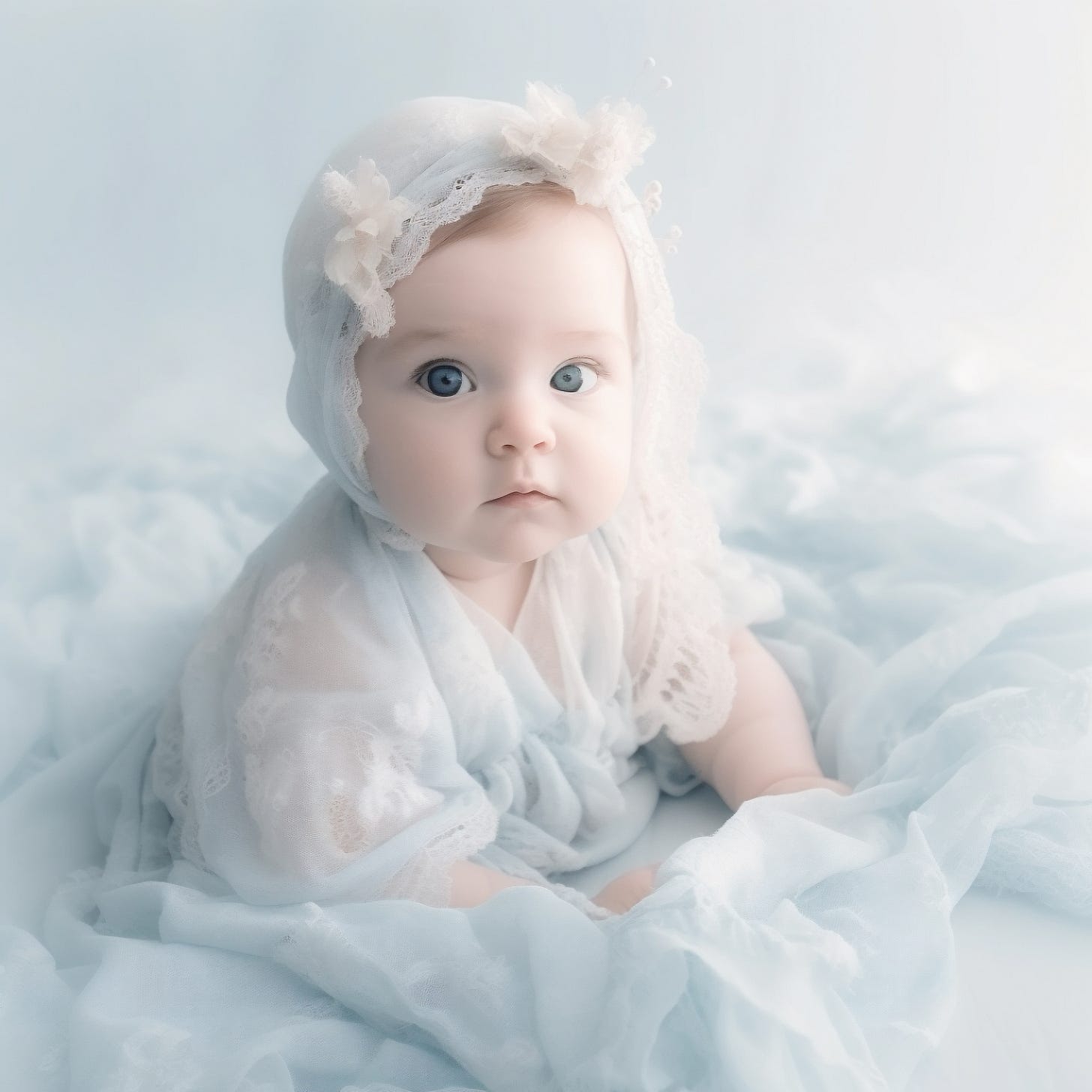🤩 Introducing SCAMP.com - an end-to-end, full-service, stock image and print-on-demand business concept
Vista Print, Canva & Midjourney combined to revolutionize stock image distribution and print-on-demand
1350 human-written words
30 ai-written words (ChatGPT-3.5)
5 ai-generated images (Midjourney 4 & 5)
estimate read time: 5 minutes
Preface
FREE·the·ROBOTS!!🤖🔓’ Top Ten Articles will return when our subscription fees for the services we use to create the publication are up to date. All of this is made possible by kind donations from the audience. Your support to keep going is greatly appreciated. THANK YOU to everyone who has helped thus far.
We’re happy to report we’ve started prompting ChatGPT to generate a page expressing “special thanks” to supporters, and we’re hoping—by the end of next week—to have a “supporter credits” page live at wwaid.tech.
Today’s article is about predicting the future of image-adjacent business technologies, like stock image providers and print-on-demand.
And I’d like to remind everyone, however naive, I use “Ai” when referring to artificial intelligence in general—to forever divide them from humanity with their own distinct pronoun. I understand there is a sloth with the same pronoun. I mean no disrespect to the sloth. I suppose in some respects I’m using Ai to refer to AGI and I might have to rethink it. Myself, I prefer to read the word Ai and I think you’re smart enough to indulge me here. So, for the time being, I continue to use Ai as a pronoun. I use “AI” when referring to a singular model, like ChatGPT, or a specified set of models integrated or in a string of operations, as I’ll discuss in this piece. And finally, I should add, I sometimes use “ai” when writing, or referring to writing, keywords, and tags, where the text is case-ignorant, like “ai-image” and “ai-generated.” Call it a typesetting quest.
Earlier this week, [Monday, April 3rd, 2023], it dawned on me, someone will use AI to automate the entire process of generating desirable images and populating their own stock image service, or other image services, with them. Anyone. With one very complex process and one button to start it—wholly contained.
A new or existing marketplace, whereby users choose stock imagery for any imaginable print-on-demand service, from cut-and-sew clothing to vehicle wraps. And whereby the same users have access to auto-generate their own ai-images as well with a Midjourney or Dall-E application program interface. Add capabilities like Canva and there’s no stopping anyone. It’ll make super-creative people out of everyone.
Images will be so plentiful, they could even be sold in limited quantities to increase their uniqueness. For example, an auto-generated image could be sold once and removed, or reserved for that human, like purchasing an NFT. I’m not suggesting they should, I’m saying there will be that many images to go around.
Vista Print, for example, is just one of the players in the space who could make this happen—if they have the right team of people pursuing it.
Shutterfly and Getty Images both fairly recently banned all ai-generated content. While it won’t be obvious to everyone, at least in Shutterfly’s case, I imagine this is for the purpose of developing a separate service and offering ai-images elsewhere. Shutterfly would be insane not to be pursuing a marketplace of ai-generated content to compete with its own photography product and any new players in the space. I imagine they’re investing heavily in it, though they would be wise to keep all of it a secret.
Likewise, Getty might be in an even stronger position as the owner of their images.
Both of these companies are experiencing downward trends in usage and income. The one who thrives five years from now will have to be integrating AI today!!
But who owns the rights?
AI-generated images are not copyrightable images. Copyrights are created the moment an artist makes something new. AI images are not copyrightable because a human didn’t make them. Period. However, retouching them changes that.
There are a lot of controversies over how image-generating AI has been trained. For example, Midjourney is basically trained on the internet. It can generate content in any style, like any specific artist—infringing on their copyrights.
On the other hand, Adobe is training its AI on images it owns the rights to and images in the public domain. Adobe is also introducing “Firefly” in the Creative Suite. And Adobe Stock is still accepting ai-generated images while both are banned at Shutterfly and Getty.
When uploading images to Adobe, there are rules around how to use prompts for images. For example, wholly avoid “porn and violence.” And never use artists’ names or names of companies like “unreal engine” or “Coca-Cola” in a prompt.
The biggest challenge for any player in the space, including SCAMP, Vista Print, or Shutterfly, is training the ai-model and the ethics that revolve around that.
However, let’s be clear about something. It’s entirely possible, for example, for a collective of ten artists, to band together, train a model on all of their photography and imagery, and then serve that uniquely trained model under a new brand or name.
It’s also entirely possible to wholly train a model on public domain images alone.
These are just some of the issues facing the players in this space. And generative 3D is coming, this affects the gaming and film industries as much as design. Media capabilities in small-town America will eventually be off the chain.
As for myself, whenever I’m trying to manifest legitimacy for an idea like this, I like to give it a working title. In this case, I discovered a business acronym “SCAMPER” and felt it hit the mark pretty smack-dab. If I were pursuing this, I’d name it SCAMP, or SCAMPER, or SCAMPERFUL.
SCAMPER is a ‘brainstorming’ acronym for Substitute, Combine, Adapt, Modify, Purpose, Eliminate, and Rearrange. SCAMP describes AI making stock images and humans using them for all sorts of different things.
If I had the cash, I’d try to acquire Vista Print or a competitor and I’d integrate Canva and Midjourney capabilities immediately. First to market with this product is going to have a multibillion-dollar enterprise on their hands.
For certain, there’s a smart and rich human being out there—whether they’ve realized it already or will in a few days. Maybe they’ll read this and start running up that hill.
Vista Print grosses about 3 billion a year but suffered losses in the last 2 quarters and is only valued at 25M. [I should probably double and triple-check all that.] Regardless, Vista Print should integrate AI as soon as possible.
Similarly, MOO, ProShop, GotPrint, UPrinting, Printfection, Blurb, and CafePress are each positioned to lose their cultural relevance if they don’t incorporate AI into their offerings.
Let’s be clear, we’re simply talking about holistic modernization, using the latest tools of the industry as they change everything. It’s a wave some people are catching.
I think the reason I came to understand these facts about image generation and the future of print-on-demand, stems from a detailed knowledge of how to prompt image-generative transformers.
It’s not about how well one can craft a single prompt for a single image, it’s about writing leading “prompt formulas” that generate thousands of new prompts for the image-generative AI. Auto-populate those prompts and set the wheels in motion to create a library of content based on a single “prompt formula.”
Here’s an example:
FtR! PROMPT:
“Imagine: A detailed image of [subject] [doing something interesting] during [time of day] taken with [type of camera] using [type of lens] with cinematic lighting.”OpenAI RESPONSE: (one of dozens)
”A detailed image of a young girl overcoming her fear of water during her first swimming lesson taken with a Sony Alpha a6600 camera using a 50mm lens with natural lighting”
Creating a billion ai-generated images for sale is the easy part. At the moment, humans are making them one at a time.
This prompt formula alone will produce a million new prompts for image generation. Prompt GPT for “prompt formulas” and you can make that a billion images easily.
Go on, go get ‘em. I just told you how.







